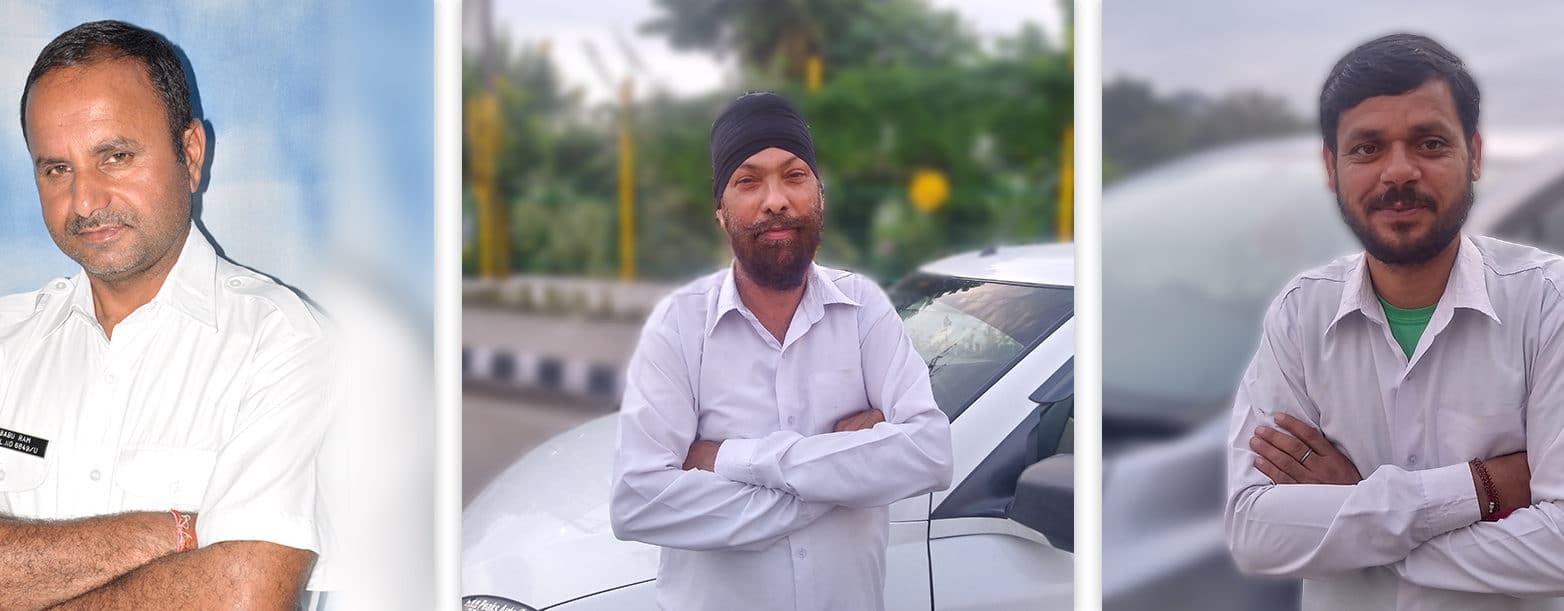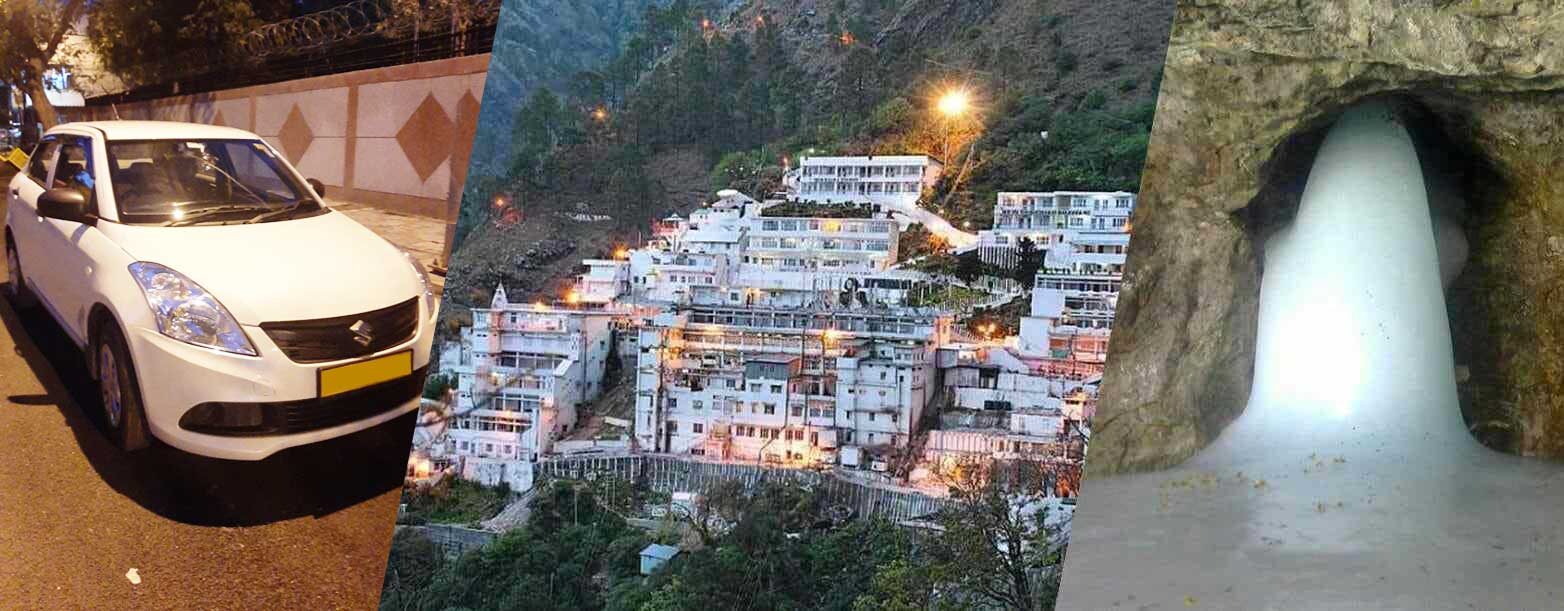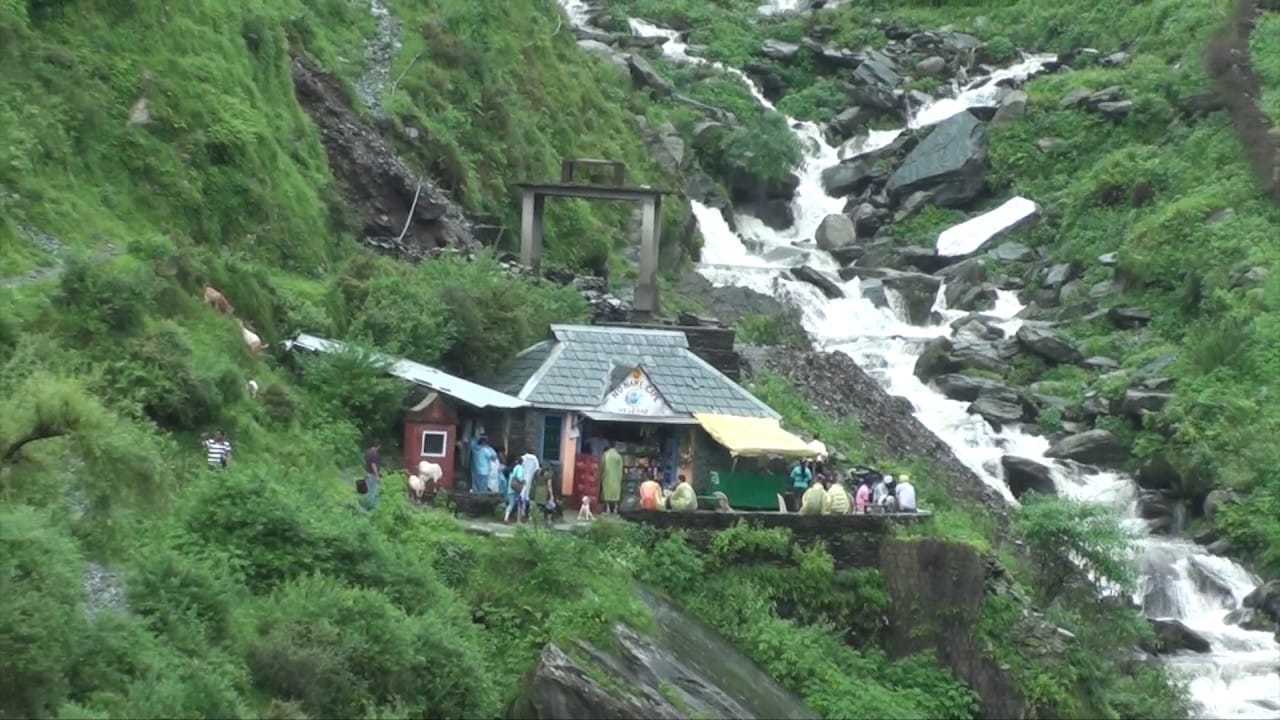Dharamsala is a town in the mountains of Himachal Pradesh, India. Its name means “religious dwelling” because it’s a place where pilgrims come to worship.
The town is divided into three parts: Upper Dharamsala (also called McLeod Ganj), which is a mix of British and Tibetan cultures; the middle area called Kotwali Bazar; and Lower Dharamsala, which is more commercial. Upper Dharamsala is where you’ll find a lot of Tibetans.
McLeod Ganj feels like Tibet, even though it’s in India. It’s famous for the Dalai Lama’s teachings and his residence. The Tibetan Government in exile is also based there. Many Tibetan refugees came here in 1959.
Some attractions in Dharamsala include:
- St. John’s Church: Built in 1852, it’s known for its beautiful stained glass windows.
- Bhagsu Waterfall: A stunning waterfall near Bhagsunag Temple.
- Bhagsunag Temple: Dedicated to Lord Shiva, it’s worshipped by many villages in Dharamshala.
- Kunal Parthi Temple: Dedicated to Goddess Kalpeshwari, it’s named after a legend involving Lord Shiva and his consort Parvati.
- Triund: A trekking spot with great views of the mountains.
- Nurpur Fort: A historic fort, now in ruins, with beautiful carvings.
- Namgyal Monastery: Founded in 1575 to help Tibetans.
- The Shrine of Bhagsunath: An ancient temple dedicated to Lord Shiva, with holy springs nearby.
- Trilokpur: Known for its cave temples devoted to Lord Shiva.
The best times to visit Dharamsala are in autumn (October to November) and spring (March to April).
If you’re planning a road trip, you can contact our team for world-class cabs and taxis from Jammu City, driven by experienced drivers.






